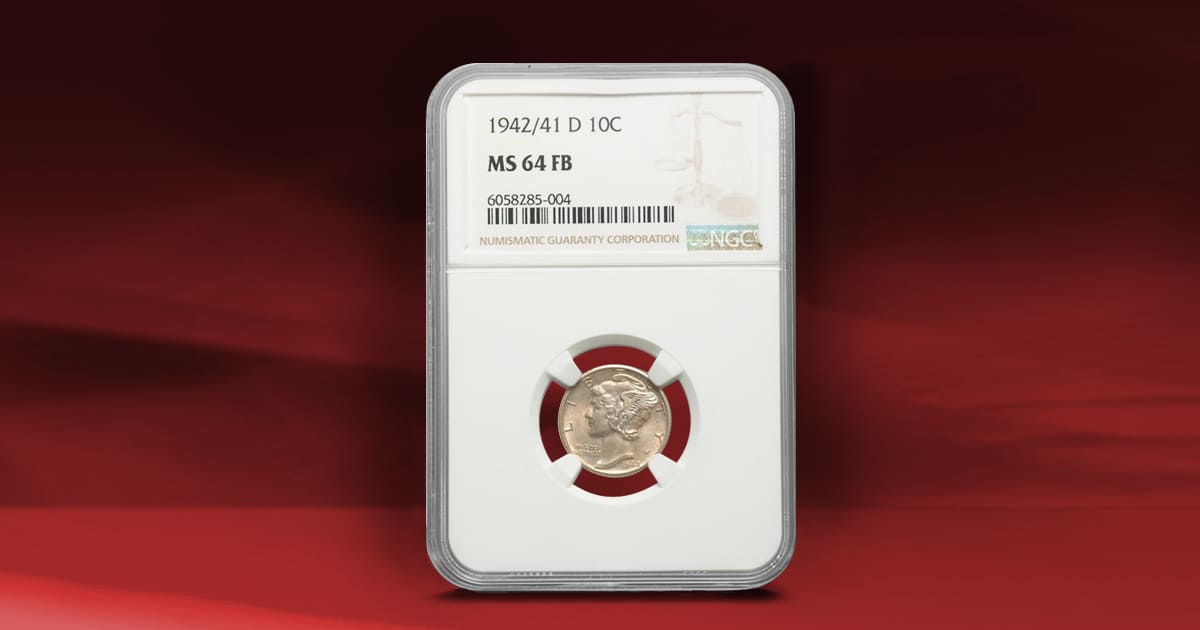
History
The Mercury Dime was first struck in 1916, during the renaissance of American Coinage. It was influenced by both former President Teddy Roosevelt and sculptor Augustus Saint-Gaudens. The series ended in 1945, replaced by the Roosevelt dime, issued to honor the president that saw America through the Great Depression and World War II. The Mercury dime series spanned both World Wars I and II.
To learn more about the story behind these coins, check out our Mercury Dimes history article.
A Small Handful of Key Dates
1916-D
One of the coins struck during the Mercury Dime’s inaugural year, 1916, is unquestionably the rarest coin in the set. The 1916-D dime, struck at the Denver Mint, has the lowest mintage of the series – 264,000 coins.
While it’s counterparts, the 1916, struck at the Philadelphia Mint, has a mintage of 22,180,080 and the 1916-S, struck at the San Francisco Mint, has a mintage of 10,450,000. So, it is easy to see why the 1916-D is a true rarity.
But why were so few 1916-D dimes struck? No one knows, but the Barber dime was still in production at both the Philadelphia and San Francisco Mints. A combined 24 million of those coins were also struck and placed into circulation. That may account for the low number of new Mercury Dimes struck in Denver of that year.
One other issue to be cognizant of is the plethora of counterfeit 1916-D Dimes there are in existence. Often an unscrupulous individual will use a genuine 1916 Mercury Dime to be the ‘host’ coin and a genuine “D” mintmark is scraped off of a Mercury Dime and added to the 1916 coin. You can overcome the fear of buying a fake 1916-D Mercury Dime by learning that all genuine 1916-D Mercury Dimes are slanted with the top of the “D” to the right. In addition, the “D” is almost square in appearance and the opening of the “D” has a diamond shape as it is worn. Finally, the “D” is most likely to have one or both serifs pointed.
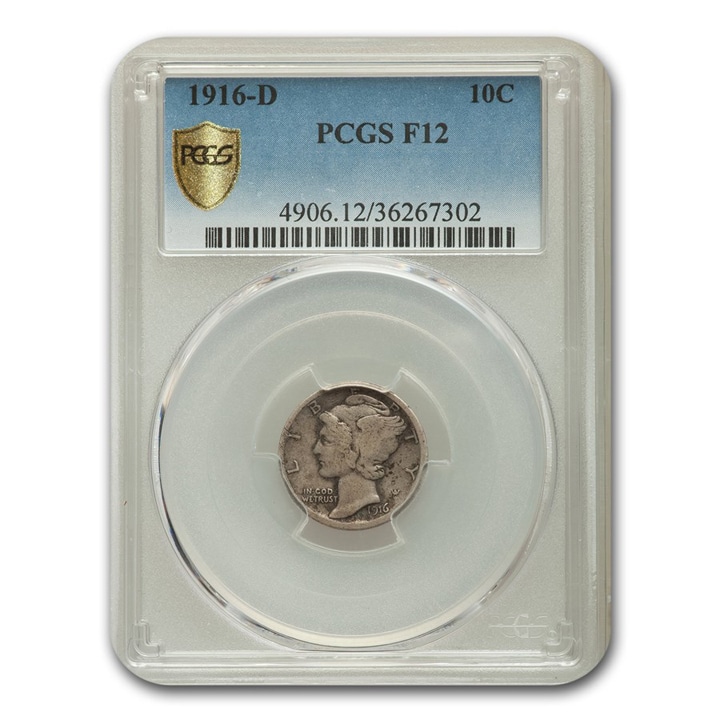
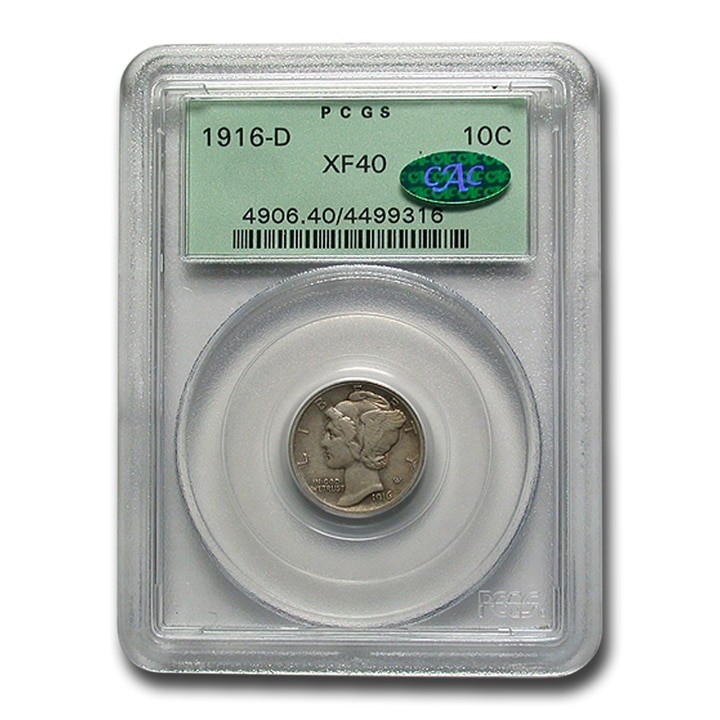
1921
The 1921-dated coin struck in Philadelphia is a semi-key date, with an original mintage of 1,230,000 as opposed to most dates of Mercury Dimes with mintages in the tens of millions of coins.
1921-D
Likewise, the 1921-D Mercury Dime, struck at the Denver Mint is another semi-key date with only 1,080,000 coins struck. This coin had the second lowest mintage behind only the key date 1916-D.
It is believed that the lower mintages of these two 1921-dated coins are due to a recession in late 1920 that lingered into 1922.
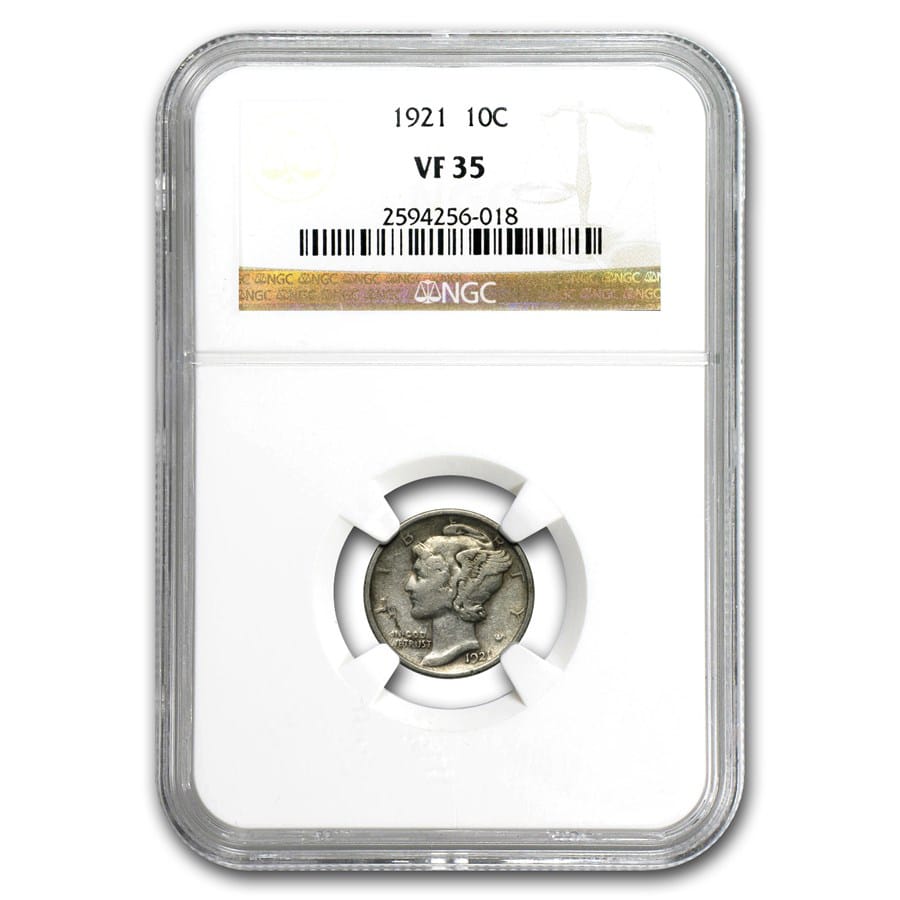

1926-S
Another of the semi-key dates is the 1926-S Mercury Dime. This coin has a mintage of 1,520,000 examples. The coin is found notoriously weakly struck, so a well-struck specimen requires a fair amount of searching to locate.
Due to the proliferation of weak strikes of this date, finding a Full Band example is an even more challenging task. There are roughly 150 coins graded as Full Bands by PCGS in all uncirculated grades.
Likewise, there are only 55 coins graded as Full Bands by NGC in all uncirculated grades.
Fewer than 200 collectors can ever own a Full Bands example graded by either of the two major, independent third-party grading services.
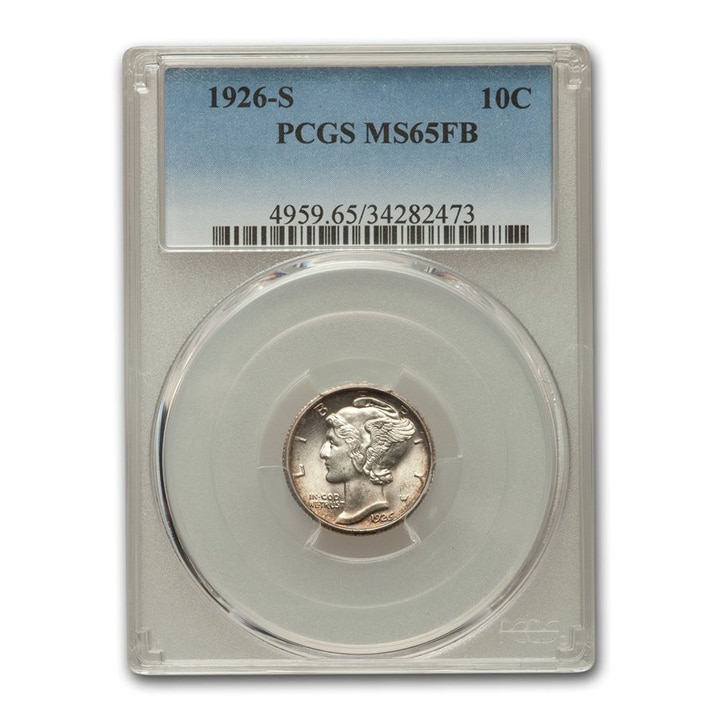
Slightly Better Dates
There are also some slightly better date coins which include the 1928-D, the 1931-D, and 1931-S coins. These are the only other dates that are worth more than the most common dates.
The price differences are small in the lower circulated grades but fairly high in the better uncirculated grades.
The Rare Overdates
1941/2
It is highly unusual for a series of United States coins to have two overdates struck in the same year. One of these two overdates in the Mercury Dime series is the 1941 Over 2 overdate. It is unusual in that it is both an overdate and a doubled date error coin.
Full Band examples are very scarce and command a high price.
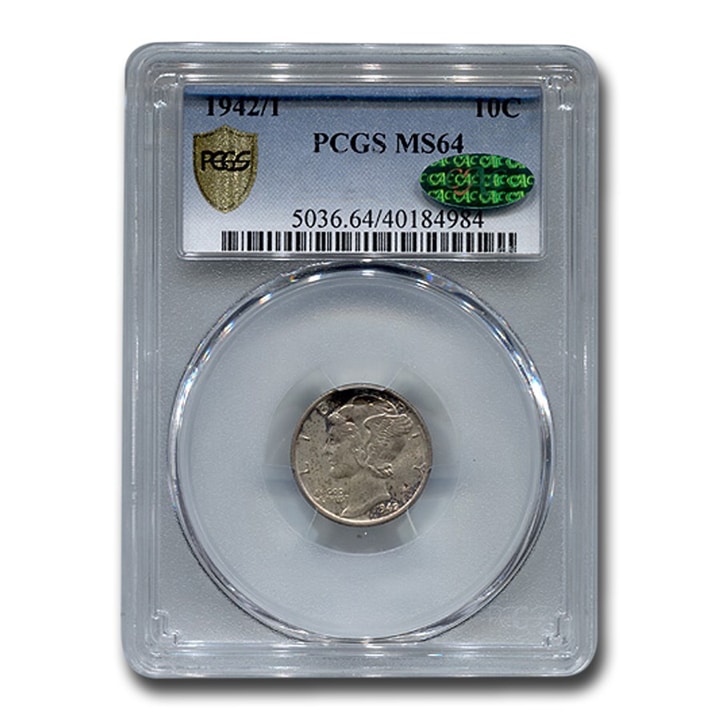
1942/1-D
Like it’s Philadelphia counterpart, the 1942/1-D Mercury Dime is also an Overdate as well as a Doubled Date. It is readily available in most circulated grades, where they would cost several hundred dollars, but it is unquestionably rare in all Uncirculated grades.
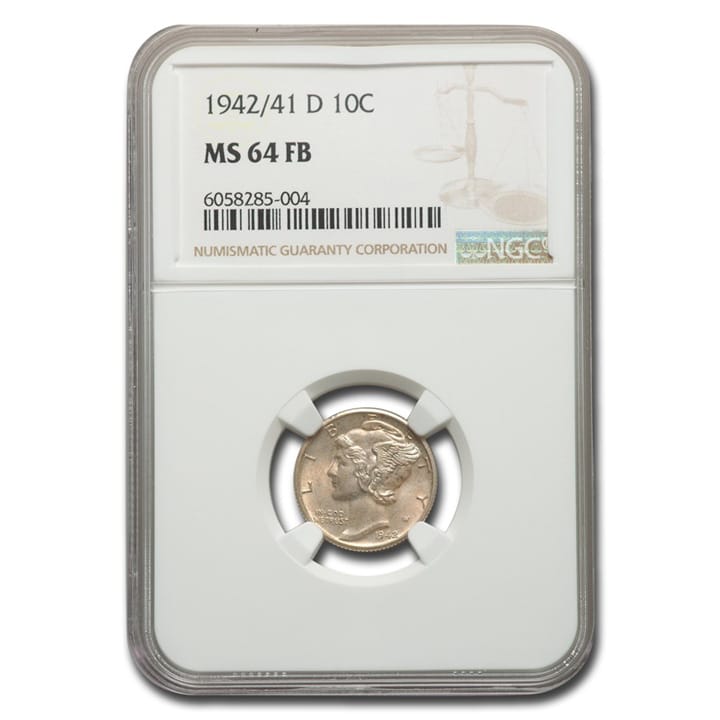
| Date/MM | Mintage | Very Fine | About Unc | Choice Unc |
| 1916-D | 264,000 | $4,850 | $9,500 | $18,000 |
| 1921 | 1,230,000 | $325 | $1,000 | $2,500 |
| 1921-D | 1,080,000 | $400 | $1,200 | $2,650 |
| 1926-S | 1,520,000 | $150 | $475 | $2,750 |
| 1928-D | 4,161,000 | $40 | $185 | $500 |
| 1931-D | 1,260,000 | $8 | $25 | $125 |
| 1931-S | 1,800,000 | $15 | $75 | $220 |
| 1942/1 | Unknown | $625 | $1,225 | $6,000 |
| 1942/1-D | Unknown | $525 | $1,100 | $6,250 |
| Common | 100,000,000s | $4 | $5 | $15 |




